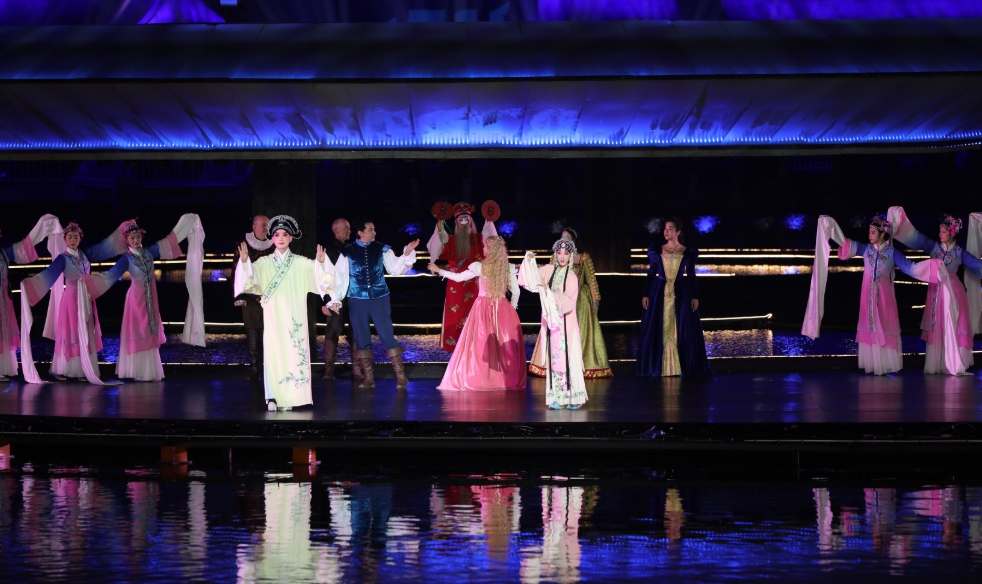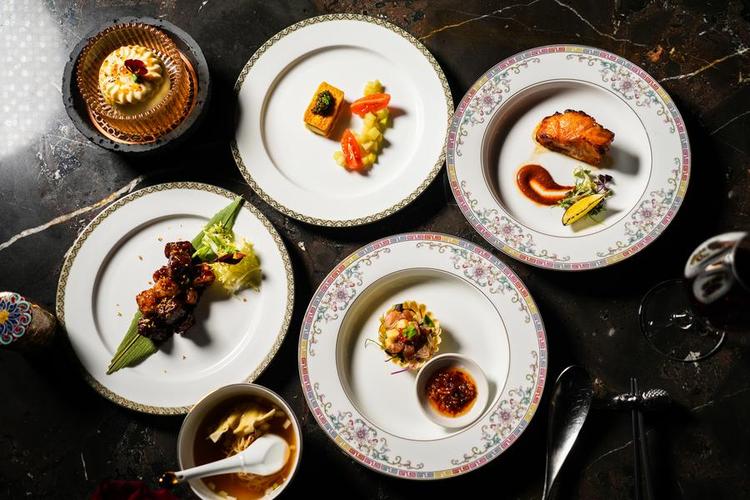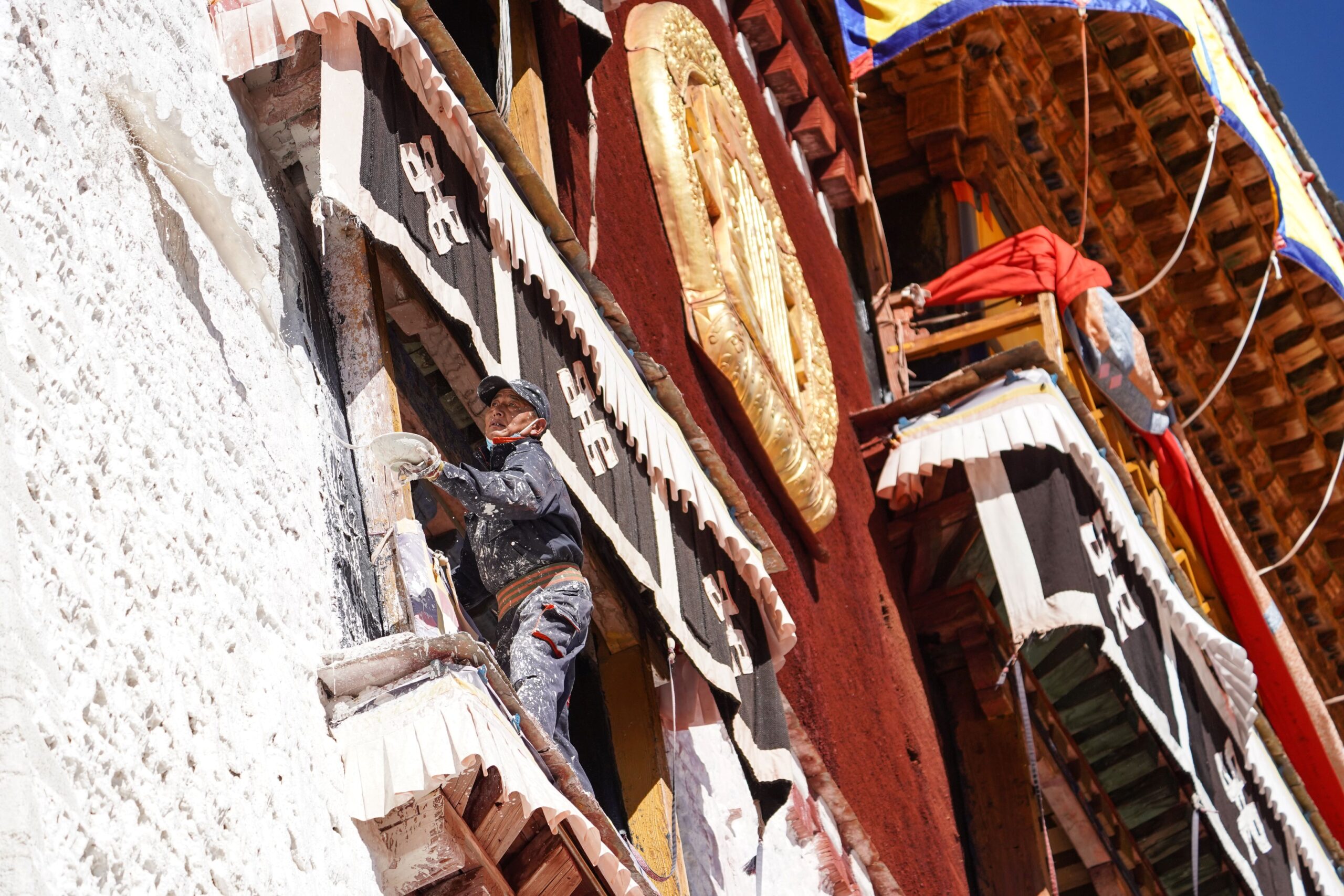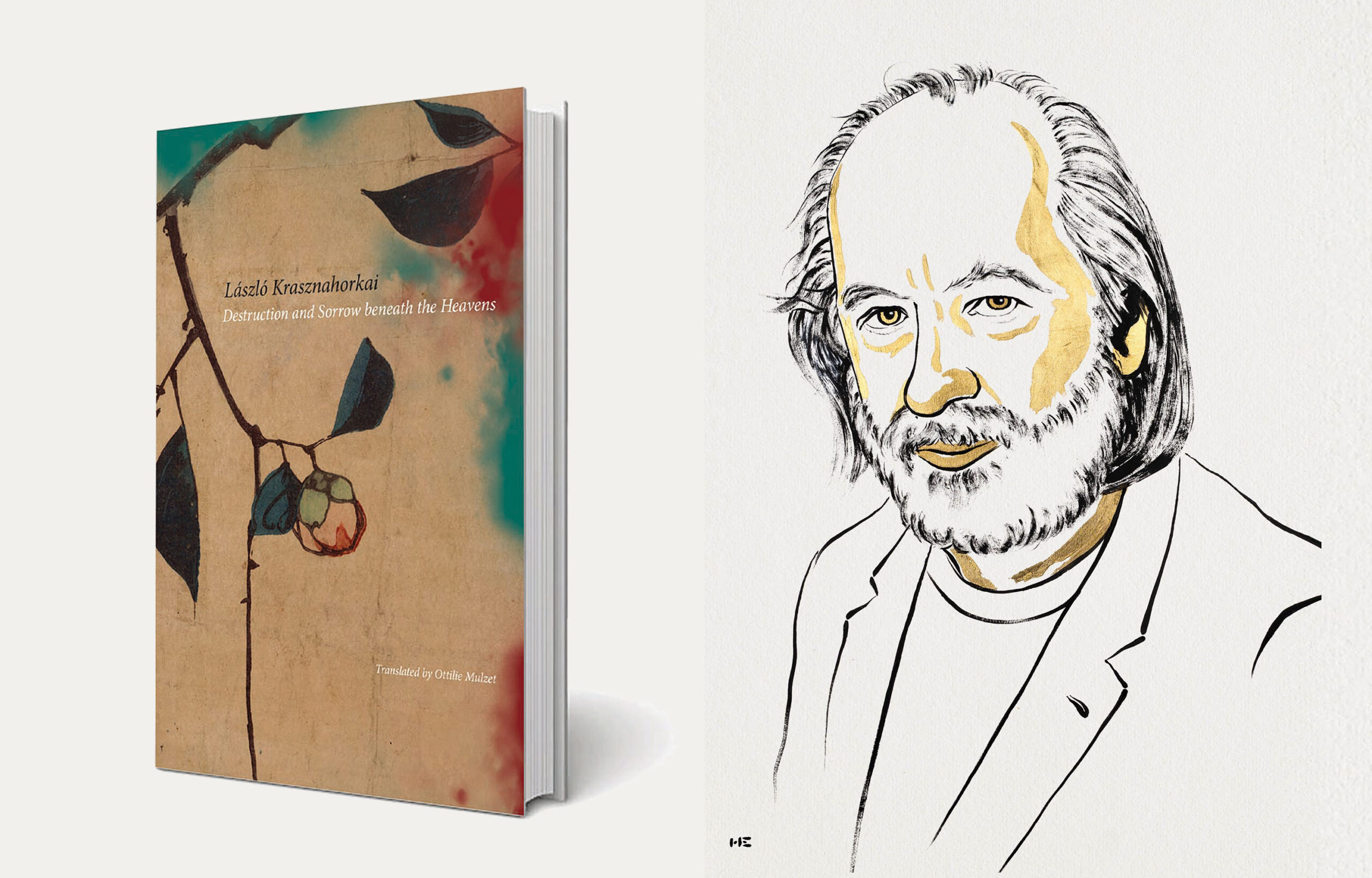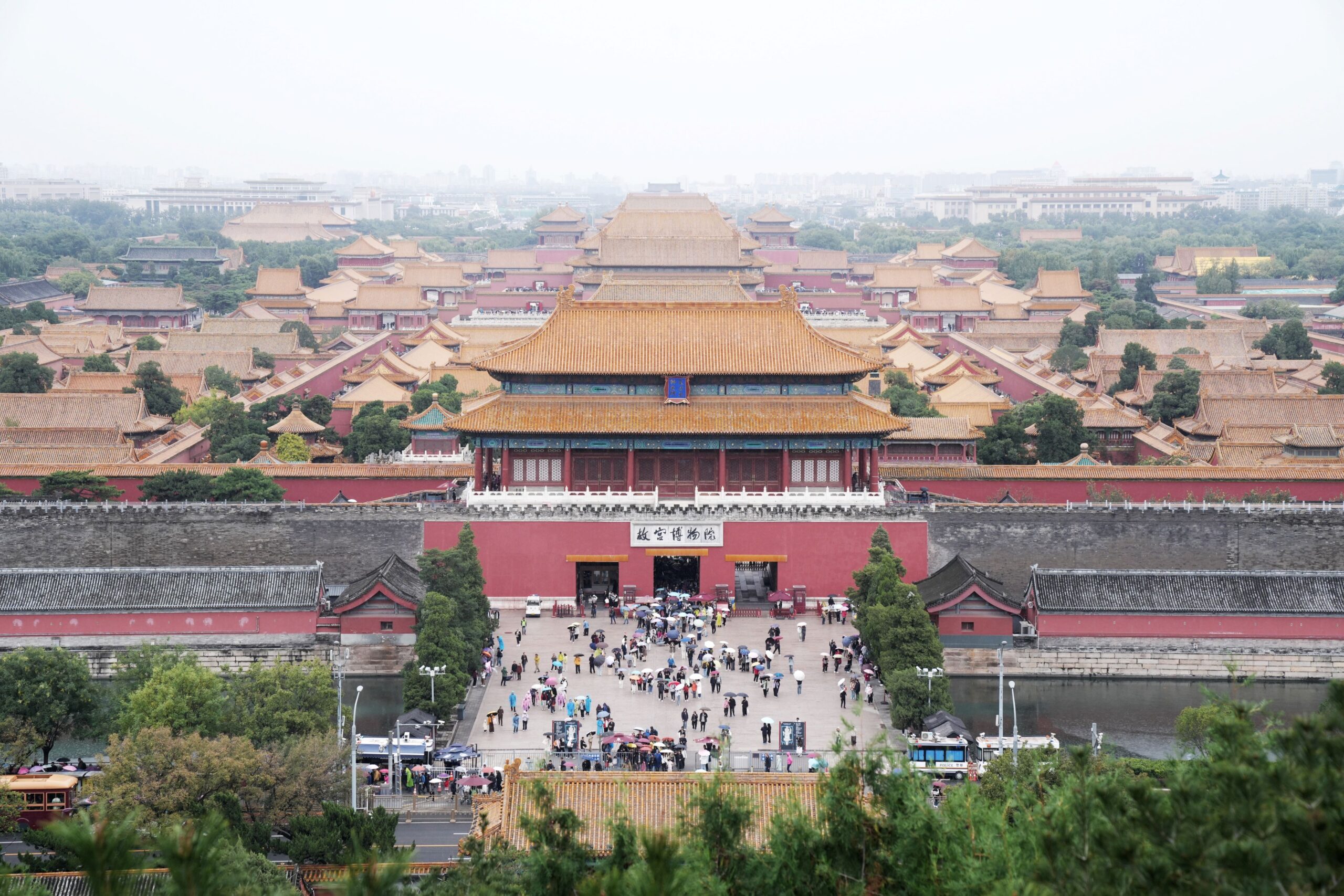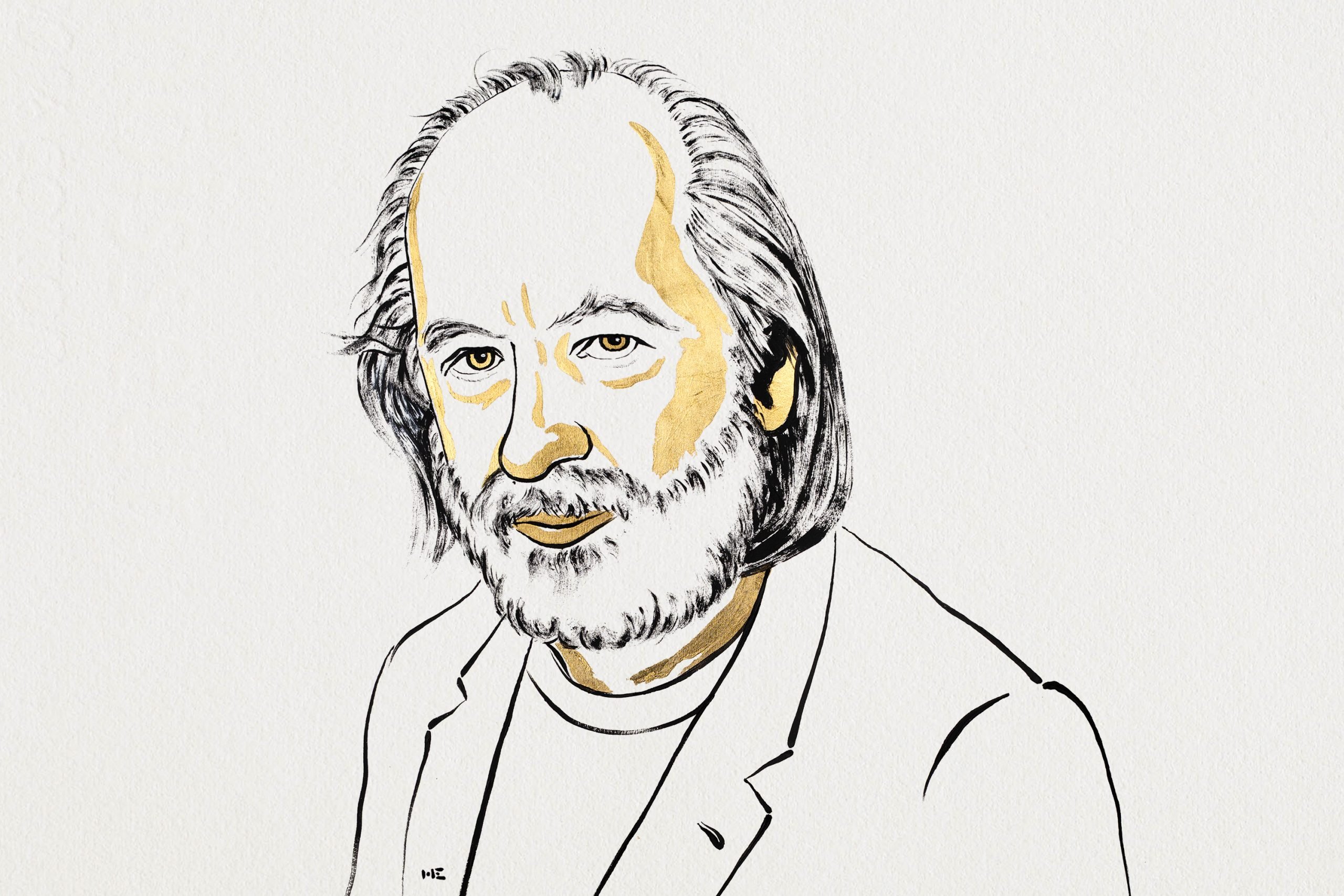The Beijing Stone Carving Art Museum offers a unique look at Chinese stone art.
British photographer and traveler John Thomson likely could not have envisioned that the Zhenjue Temple (The Five Pagoda Temple) in Beijing, captured by his camera in the 1870s, has become an internet-famous check-in spot that people are eager to visit. People come here to admire the stone carving art, take photos of the autumn scenery, have a cup of “Zhenjue” coffee, and search for the magical and adorable “creatures”.
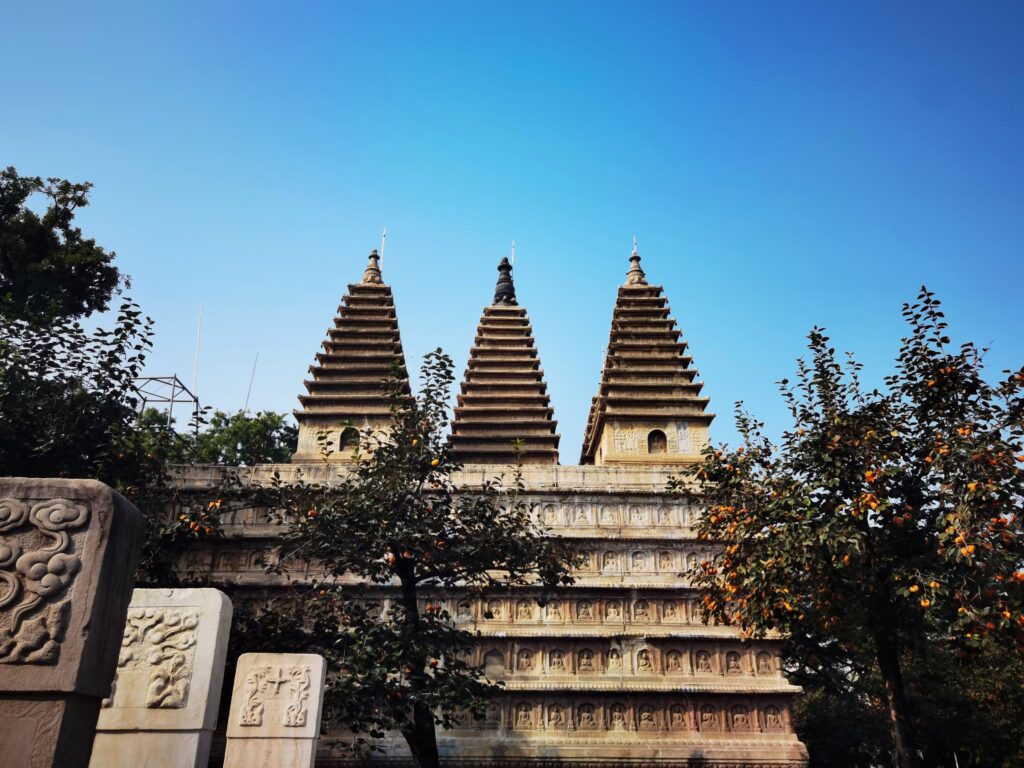
The Five Pagoda Temple(五塔寺), formally known as the “Temple of the Great Righteous Awakening” (大真覺寺), is a Buddhist temple from the Ming Dynasty situated in Haidian District, Beijing. Currently, the temple is home to the Beijing Stone Carving Art Museum. It is the first local museum in China that collects stone carving antiques all over Beijing and holds outdoor exhibitions, visitors can see more than 2600 pieces of stone artworks here.
Stone Statues of Various Creatures
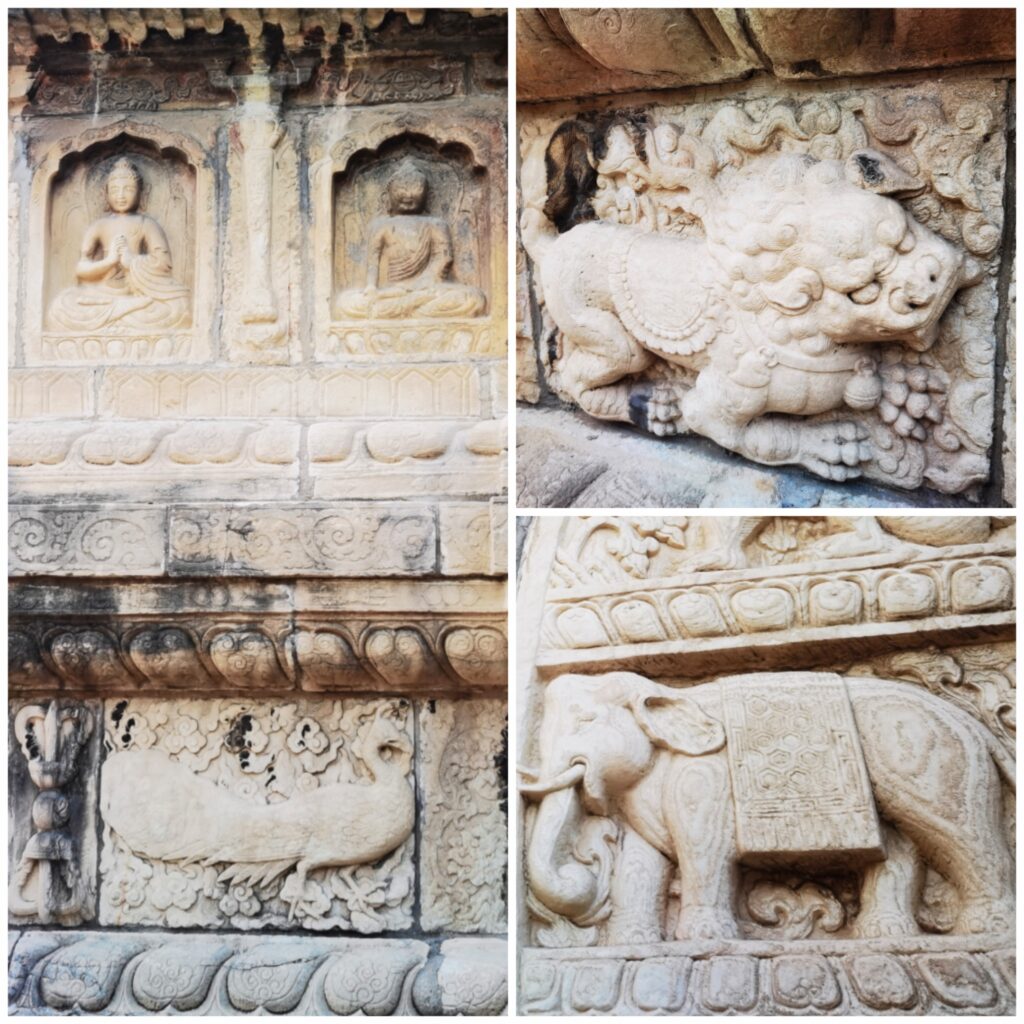
The diamond throne pagoda (built-in 1473) fuses Indian patterns with traditional Chinese architectural art and carving. It is engraved with delicate images of Buddha, bodhi trees, Sanskrit letters, and Buddhist symbols. Along with these common Buddhist motifs, there are figures of lions, elephants, peacocks, horses, and other creatures. In the old photos John Thomson took, you can still see the temple buildings on the side of the diamond throne pagoda.
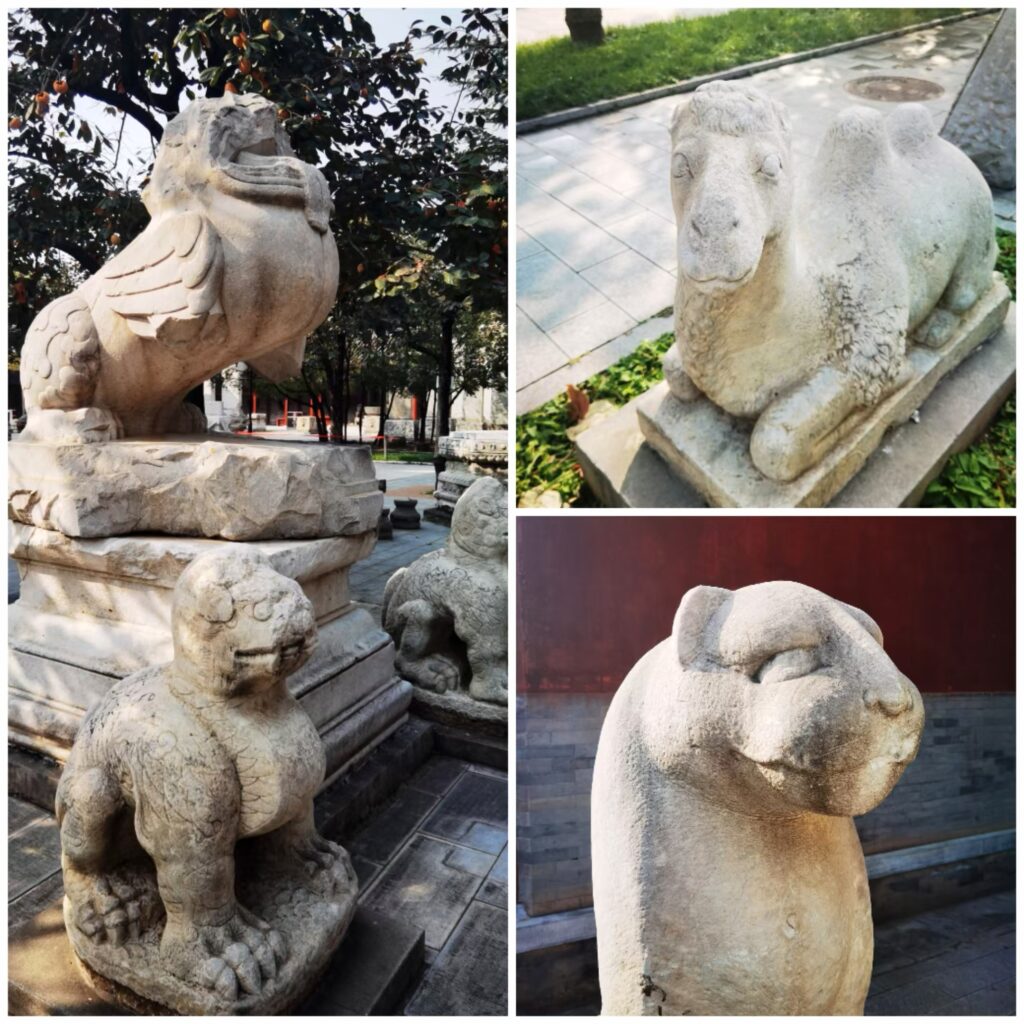
The museum collects stone statues in various shapes of creatures. For example, there are stone beasts(a pair of wings carved on bodies), stone camels, stone tigers, and more. These cultural relics come from temples, local guild halls, and tombs in various areas of Beijing. For instance, the stone beast was originally a component of Huabiao (ceremonial column).
Some Appear Fierce, Some Look Adorable

There are also lions of different shapes here. Some have adorable expressions with long curly hair, some have little lions on their backs, and there is a pair of rare stone sculptures of men holding a lion. In Europe, lion carving pays more attention to details and artistic expression, while in ancient China, lion carving pays more attention to symbolic meaning and cultural connotation.
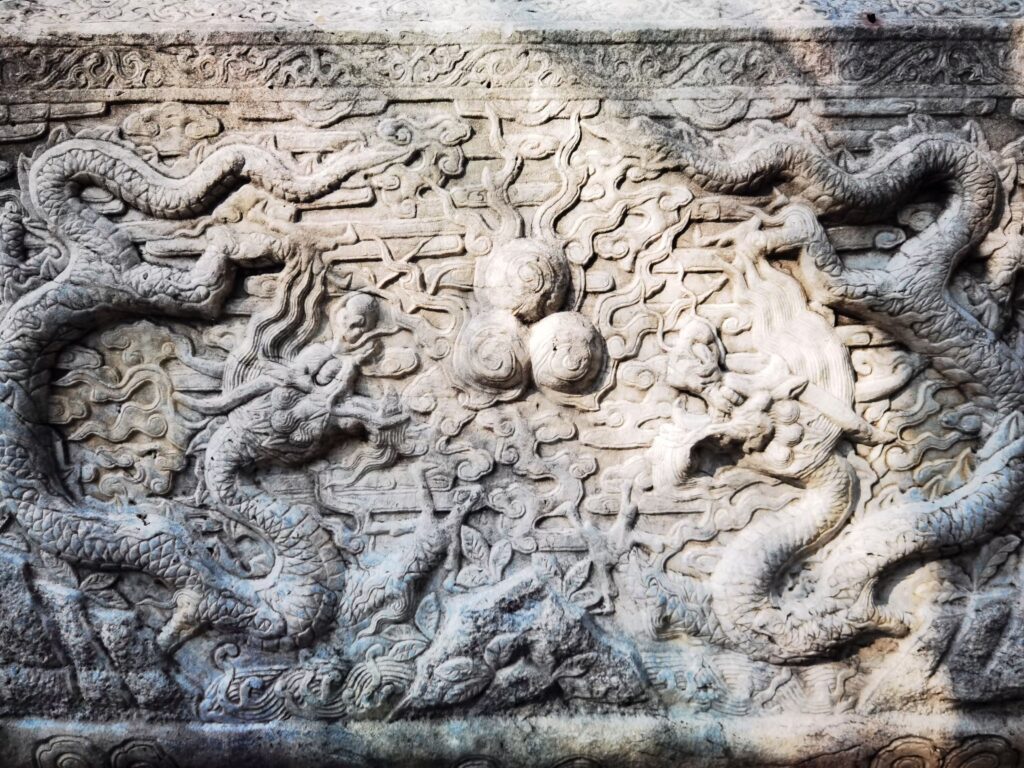
Walking in the museum, you will come across many stone carvings in the shape of two dragons playing with pearls. The dragon’s head, claws, and scales are distinguishable and appear lifelike. According to ancient Chinese legends, the pearl is an object in the belly of an auspicious dragon. It emerges when the light of the Buddha shines and all things are brimming with vitality. Hence, people carved it on the stone wall to express good fortune.
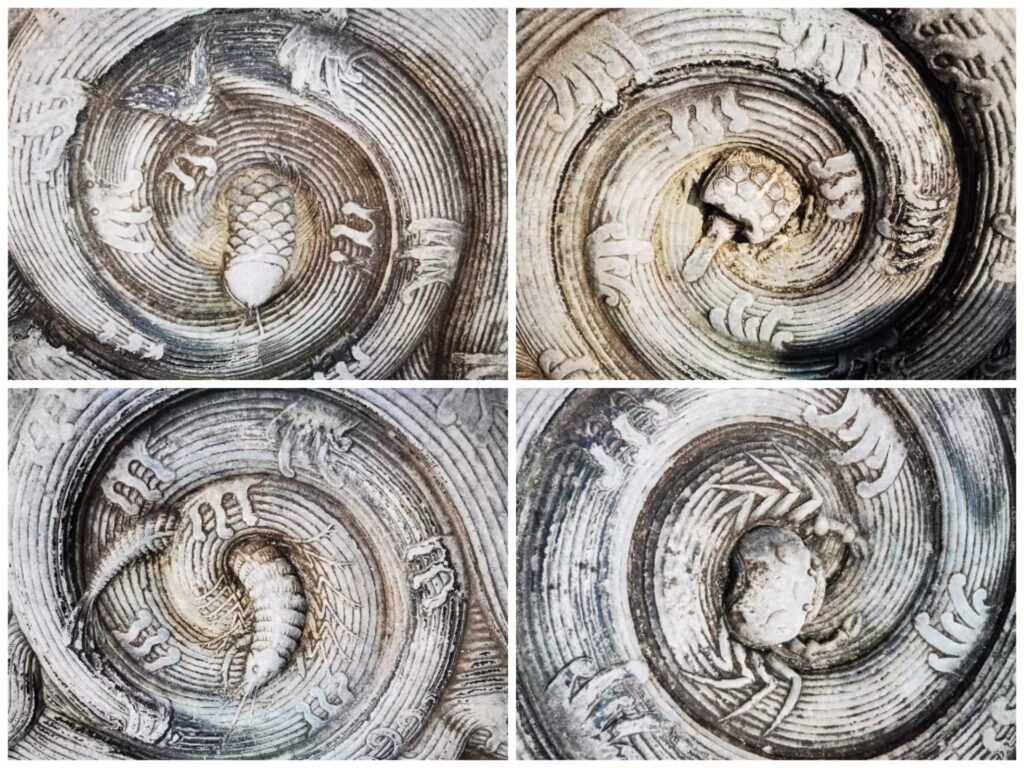
This is the stele of the Fuheng Ancestral Temple, one of the masterpieces of Chinese stone carving art. Four aquatic animals, a fish, shrimp, tortoise, and crab, are carved on the four corners of the base of the stele. It is meant to symbolise that the owner of the stele was once a powerful person. When it rains, the four small indents where the aquatic animals are carved fill with water, letting them return to their environment.
A perfect Spot for Relaxing in Autumn
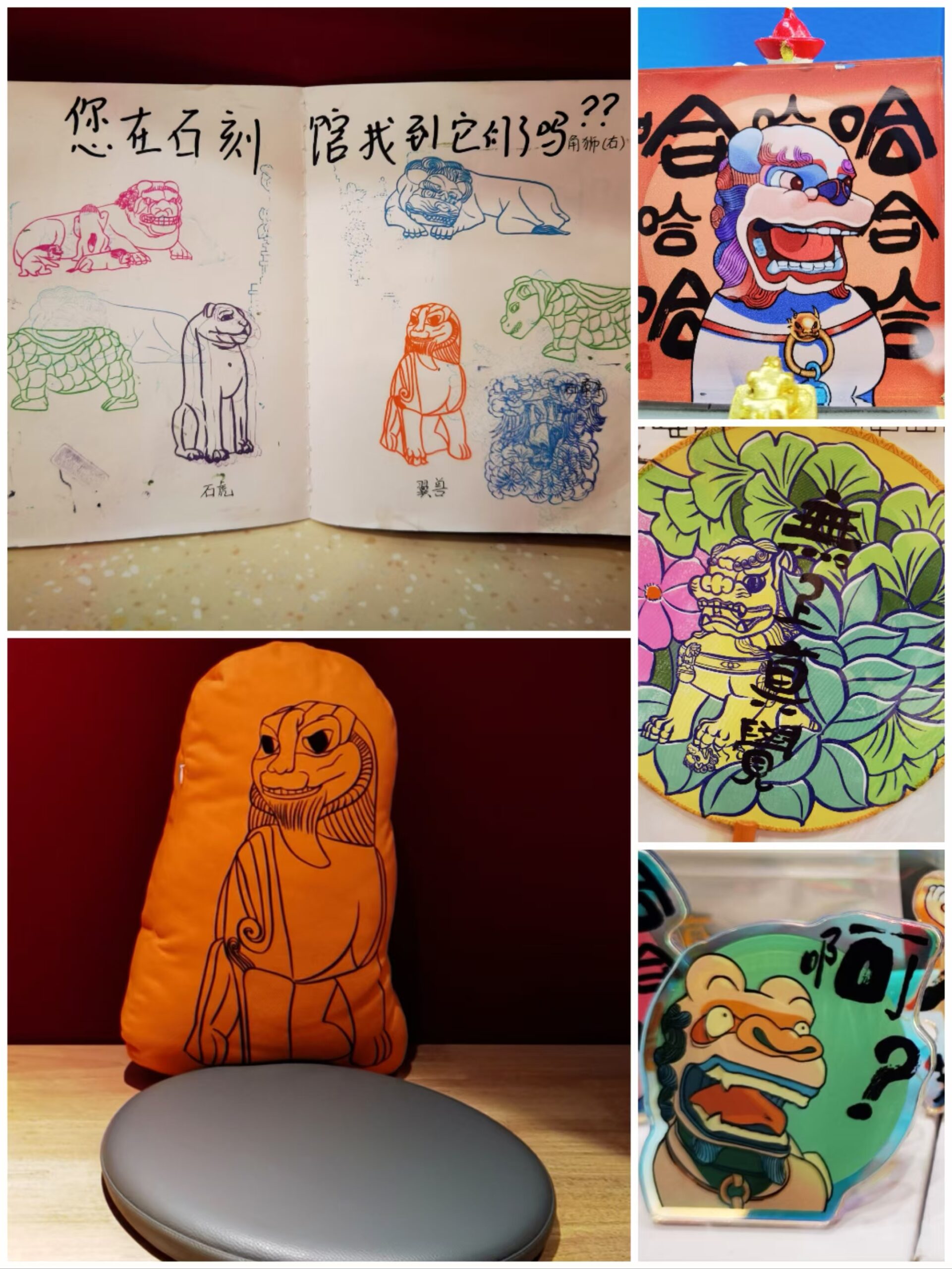
“Did you find me in the museum?”. No good museum is complete without a gift shop. Here, Beijing Stone Carving Art Museum does not disappoint. Refrigerator magnets, pillows, fans, and many other cultural and creative products featuring stone statues are on offer. The staff said that the best-selling item is the exotic beast refrigerator magnets.

Like many Chinese temples, humans aren’t the only guests. Many tourists will buy a cup of coffee, sit beside the ancient stone table, under the two 600-year-old ginkgo trees, and have close interactions with these adorable little creatures. During warmer days, ice cream in the shape of the pagodas are a very popular snack.
If you liked this article why not read: Flat Earth Exhibition Showcases Vivien Zhang’s Latest Artworks



